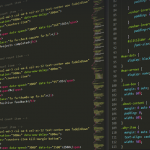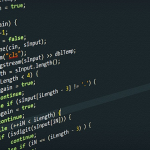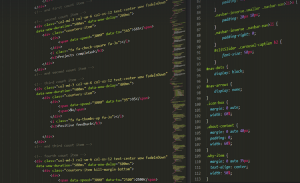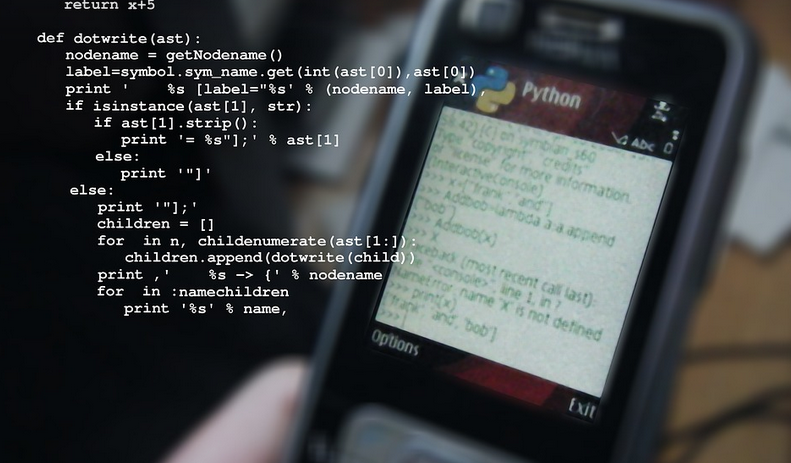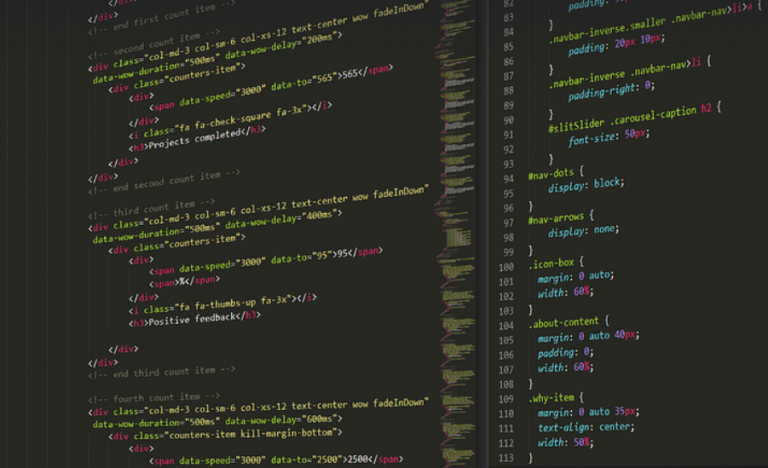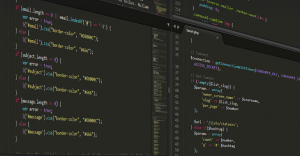Unlocking the Power of Python on Your Mobile Devices
So, you’ve heard whispers about Python and its potential to shake up mobile app development. Maybe you’re intrigued by the idea of creating your own apps without needing to dive into complex coding languages. You might be thinking: “Is it really possible? Can Python actually build a mobile app?” The answer is a resounding yes! Python has been making strides in the world of mobile app development, and for good reason. It’s known for its user-friendly syntax and versatility, making it an attractive choice for both novice programmers and seasoned veterans alike. This article will take you through the essentials of using Python for building mobile applications. We’ll demystify the process, explore popular frameworks, and even offer some exciting examples to get your creative juices flowing. **Why Choose Python for Mobile Apps?** Python’s appeal in the realm of app development stems from its ability to handle a wide array of tasks efficiently. Its lightweight structure allows it to be deployed on multiple platforms, including iOS and Android. Its dynamic nature promotes rapid prototyping, making it ideal for testing out new functionalities and iterating quickly on your ideas. Python’s popularity among developers is also fueled by the vast ecosystem of libraries and frameworks available: they are pre-built code blocks that simplify complex tasks. This means you can accomplish a specific functionality much quicker than if you were to build everything from scratch.
Let’s dive into some examples:
* **Android Development with Kivy:** Kivy is a Python framework specifically designed for building cross-platform mobile apps. It allows developers to create visually appealing and interactive user interfaces, even on devices like tablets or wearables.
Python’s versatility extends beyond just building apps; it also lends itself well to back-end tasks. Frameworks like Django and Flask help you build robust server-side applications and data management systems for your mobile app.
**Exploring the World of Python Mobile Frameworks**
Choosing a framework is crucial to your success in developing a mobile app with Python.
* **Kivy:** Kivy, known for its cross-platform capabilities and emphasis on modern user interfaces. This allows you to create apps that look and feel native on both Android and iOS devices. It’s perfect if you want to focus on the visual aspect of your app.
**BeeWare:** BeeWare is a framework built specifically for creating mobile apps using Python, offering the ability to build complex user interfaces with ease. **Tackling the Challenges: Considerations for Mobile App Development** * **Performance:** A key challenge in mobile app development is ensuring smooth performance on devices with limited resources. While Python is known for speed and efficiency, it’s important to optimize your code and choose libraries that are designed for efficiency.
**User Interface Design:** Creating an intuitive user interface (UI) is essential for a seamless user experience. The more complex the app you build will be, the more challenging this task might become.
* **Device Specificity:** One of the biggest hurdles to overcome when building for mobile devices is their vast diversity in screen sizes and capabilities. Be sure your code responds gracefully to these differences.
**Testing and Debugging:** Thorough testing is crucial for identifying and resolving bugs that could hinder user experience or cause crashes.
**Getting Started: A Practical Approach to Python Mobile App Development**
Here’s a step-by-step guide to help you get started with Python mobile app development:
1. **Install Python:** Download Python from the official website (www.python.org) and ensure that installation is successful 2. **Choose Your Framework: ** Kivy or BeeWare are both excellent starting points for mobile development. 3. **Explore Documentation & Tutorials:** The official documentation of your chosen framework will provide a detailed explanation of its features, functionalities, and best practices. Explore various tutorials online to familiarize yourself with the basics. 4. **Create Your First App: ** Start with a simple app like a calculator or a text editor. This initial project will help you understand the fundamentals of Python’s mobile development framework. **The Future is Bright: Python’s Growing Impact on Mobile App Development** Python’s growing significance in mobile app development highlights its potential to revolutionize how we interact with our devices. The ease of use, coupled with its flexibility and powerful libraries, makes it a compelling choice for both beginners and experts. It promises a new era of mobile apps that are not only visually appealing but also highly efficient and intuitive. Let me know if you have any specific questions about Python mobile app development!


